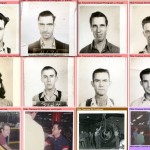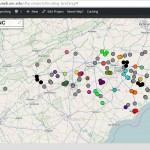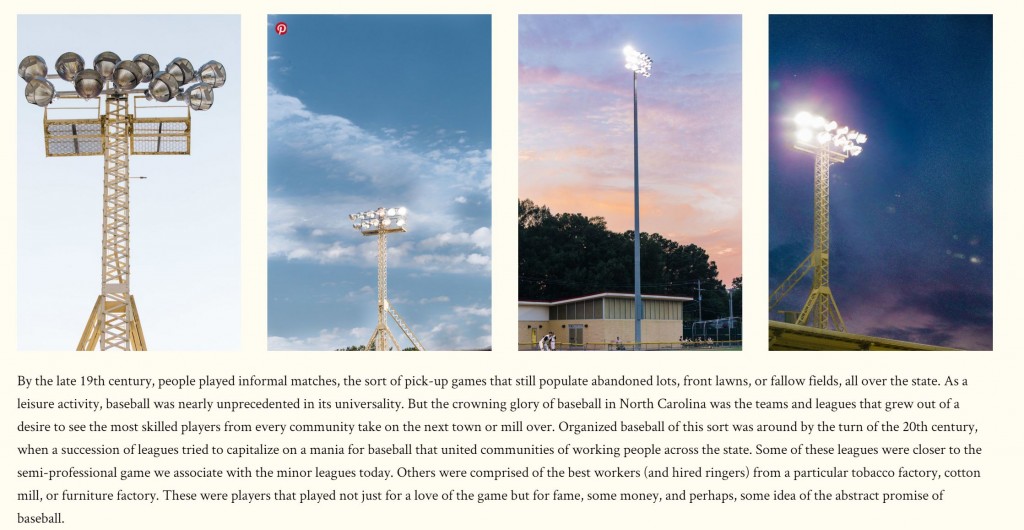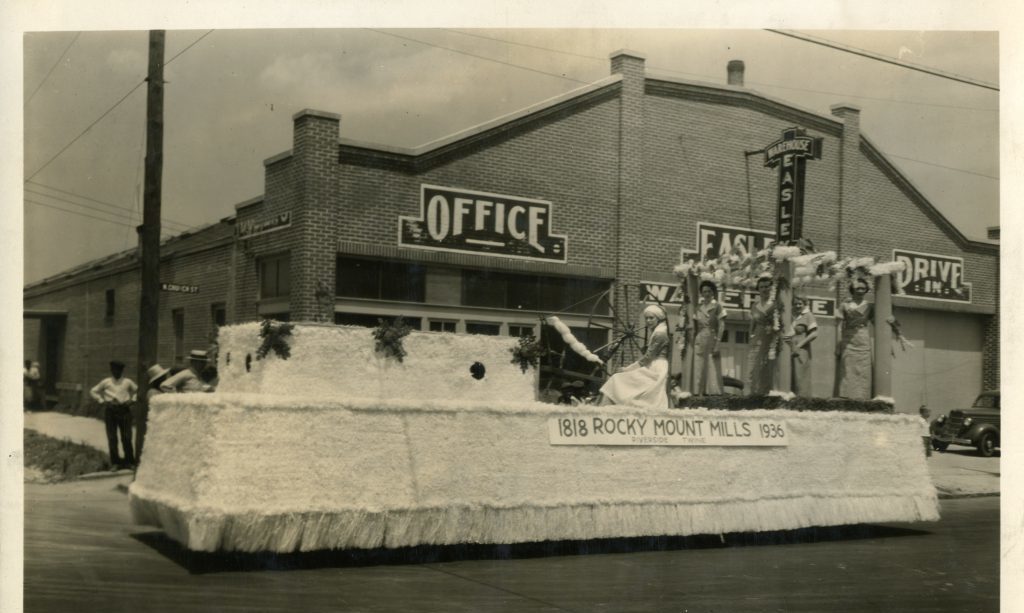This is my blog, which consists principally of writing I’m working on for other projects, little summaries of public history projects I’m working on, teaching exercises or student projects I’m proud of, etc. You’ll see immediately that it is scarcely updated, but as ever, I’m endeavoring to change that.
Author: admin
Dissertation chapter 2
In part out of a compulsive need to share my own work(and because I love process,) I’m including here a draft of my most recent dissertation chapter, warts and all. This is very much a work in progress, as you can see by the detritus/marginalia littering every page. That said, there are a couple of kernels here that I’m really excited about. One is the research process itself. I’m very lucky to be training as a scholar in an era of archival abundance that allows me unparalleled access to archival materials (particularly newspapers and census information.) One of the great preoccupations of many digital humanists is scale and our ability to read new insights into new assemblages of source material. What’s missing I think is an understanding of the ways in which digital resources allow scholars to proceed at the more individual level, albeit in ways and with methods that are still a departure from the usual archival encounter. (I’m writing more on this topic and the methodological implications of what I think of as a paradoxical archival abundance and scarcity, but I’ll leave that subject for now.)
I’m also particularly excited about the possibilities for recovering and interpreting multiscalar movement. I think historians (a profession that grudgingly accepts my reluctant allegiance) have generally undertheorized place and landscape. Even people that I greatly admire (Richard White, William Cronon, etc, etc,) mostly conceive of movement through place on a kind of migratory scale. Here, I’m interested in how we might think through daily gestures, and particularly celebratory movement, as offering a frame for understanding the lives of African Americans in early 20th century Southern cities. I think that allows us to better understand the logic of those larger migrations and the promise inherent in them.
Jonkonnu: Processional Culture and Black Mobility in Maggie Washington’s Wilmington
Loray Digital Archive
I want to share the most recent iteration of the Loray Digital Archive, a project that I’ve been working on for some time. Here you’ll find about 1,300 distinct items from or relating to life and work in the Loray Mill and village. This represents a lot of work–both on the collecting and digitizing ends–and I’m really proud that we’ve managed to partner with both individuals, local cultural heritage organizations, and especially the North Carolina Digital Heritage Center to get these items digitized and hosted. I built this archive with the latest version of DH Press and it’s part of the larger, ongoing, Digital Loray project.

Dissertation introduction draft
Counterintuitively, at least to my way of thinking, I began the writing of my dissertation this past semester with the introduction. I’m including a link here. I’m trying to grapple here with public representations of pleasure and terror in early 20th century North Carolina. Though my topic is nominally on public cultures of celebration, white pleasure and black terror are inextricably linked historically and the first step in portraying the people who refused that connection is to understand the worlds in which they were living. There are many revisions and additions to follow, but feel free to read some if you’d like. Do forgive the awkwardly academic title and any lingering notes or admonitions to self that may exist in the margins!
Locating Lynching Beta published
Somewhat belatedly, I’m pleased to announce that the project I’ve been working on for many months has been published. Professor Seth Kotch and I, along with wonderful initial research by a team of first year UNC students, have published our project Locating Lynching. While still woefully incomplete, this represents our first attempt at visualizing in geographic space many of the victims of extralegal mob violence in North Carolina. I’ll probably write more about this later, but for now, please take a look at the website and be in touch with any questions or comments.

Work and baseball
In the summers, I get really preoccupied with baseball games. It’s a relatively recent obsession for me. I didn’t play growing up and was never a huge baseball fan other than an inexplicable and fleeting devotion to Frank Thomas and the White Sox. I love minor league baseball though–the less corporate and cheaper the better. And I’m fascinated with its origins, especially because they came from perhaps the most prevalent form of expressive culture for Southern working people in the early 20th century. Mill music (rightly) gets a lot of credit for its depth of expression, but baseball was more universal and almost certainly more popular. At one point, I spent several dozen hours looking through all the pre-1923 North Carolina newspapers for all news items related to a particular mill, and amid the thousands and thousands of items, fully half were related to baseball. Like the time Ty Cobb and the Detroit Tigers took on the Boston Braves at the Loray Mill field in Gastonia. Or when 1,000 or more people would turn out for mill league games.
Anyway, I partnered with the folks over at Bit and Grain to write some words about one of my favorite teams, the Wilson Tobacconists. And they took some really pretty pictures to pair with my overwrought observations. Enjoy!

